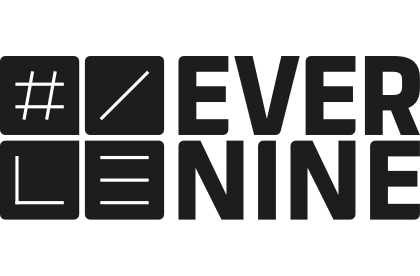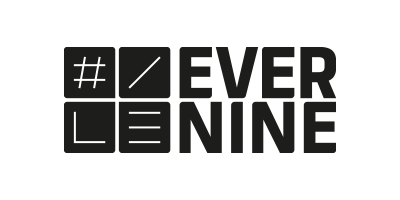
Social Listening – Keeping up with the Digital Age
Obtaining data and information from news in social networks and using it profitably – that is the goal of social listening. Find out what’s behind the trend in this article.
Whether it’s old friends on Facebook, tech nerds on Reddit, or sports fans on Twitter, the number of messages users exchange every second on social media is enormous. Drawing relevant data from these conversations and gaining interesting insights is the goal of so-called social listening or social media listening.
Social Listening – What is it exactly?
Social listening describes the process of monitoring conversations online and extracting relevant data from social media on specific topics, brands, products or industries. The information collected in this way can be analyzed to discover insights into consumer behavior, product and brand presence within a specific target group, or marketing trends, which in turn can be used to develop new products, advertising, and other business areas. With the right technology, companies can thus gather the unfiltered opinions of potential customers without having to conduct expensive and inefficient opinion research.
The added value of social listening
Social listening is particularly valuable for companies when it comes to combining existing information and analyses with the views and opinions of their own end customers, thus expanding their own data basis on which business decisions are made. For example, it is not enough for an ice cream manufacturer to simply check the weather forecast and use this as a basis for deciding on the scope of marketing efforts for a particular period. For if bad weather is forecast, but at the same time mentions of the company’s own brand and products increase in social networks, because customers like to enjoy an ice cream at home in front of the TV when it rains and share this with their friends, the company’s own advertising measures should also be intensified accordingly. Social listening thus enables ice cream manufacturers to profitably adapt their marketing strategy. In addition, companies can also react to PR problems early on in this way or even adapt their product design to customer interests.
What companies need to consider for their social listening strategy
The variety of topics online is huge – users talk about everything in social media. Accordingly, social listening is also interesting for every company and every organization, because at some point, everyone is part of a conversation. With the right strategy, social listening can generate real value for them. This primarily concerns B2C companies, as the example of the ice cream manufacturer has shown. But the B2B sector can also benefit, for example to analyze the presence of direct competitors in the relevant target groups or to keep an eye on new product developments. Marketing and sales can also use social listening for their own benefit; after all, corporate decision-makers also use social media.
Choosing the right tool is then crucial to making social listening a success. Free programs such as Google Alerts can be used to track mentions of certain terms on the web. However, these usually do not allow for deeper analysis and only scratch the surface. Paid solutions offer significantly more insights here.
The exact objective should be the next step for companies on the way to their social listening strategy. What is to be found out with the help of the analyses? Is it only about information on customer behavior, data bases for a marketing campaign or even the establishment of a crisis warning system? Some only use social listening for a short project, others want to achieve long-term results.
The right data basis
Social listening and the insights gained from it can only ever be as good as the data underlying the analysis. Companies must therefore decide which and how much data they need. Should the whole world or only a specific area be part of the analysis? Which time period is relevant? From which platforms should data be collected?
It is then important to select the right data; after all, social media is full of, often meaningless, conversations. Filtering the results of the data collection is therefore the biggest challenge. As always, combining different parameters helps. Searching for just one term, for example, is less effective than searching for an entire interrelated group of terms.
Lastly, it is important that companies always keep in mind the fast-paced nature of social networks. Terms, trends, behavior, forms of entertainment, platforms used – all this changes quickly! The ongoing review and adaptation of one’s own strategy is therefore essential in order to generate added value in the long term. Because social listening can be very effective if it is done right!
You want to learn more about this topic? Then don’t hesitate for long and simply contact us. We are happy to help you.
Image source: Adobe Stock / Visual Generation



